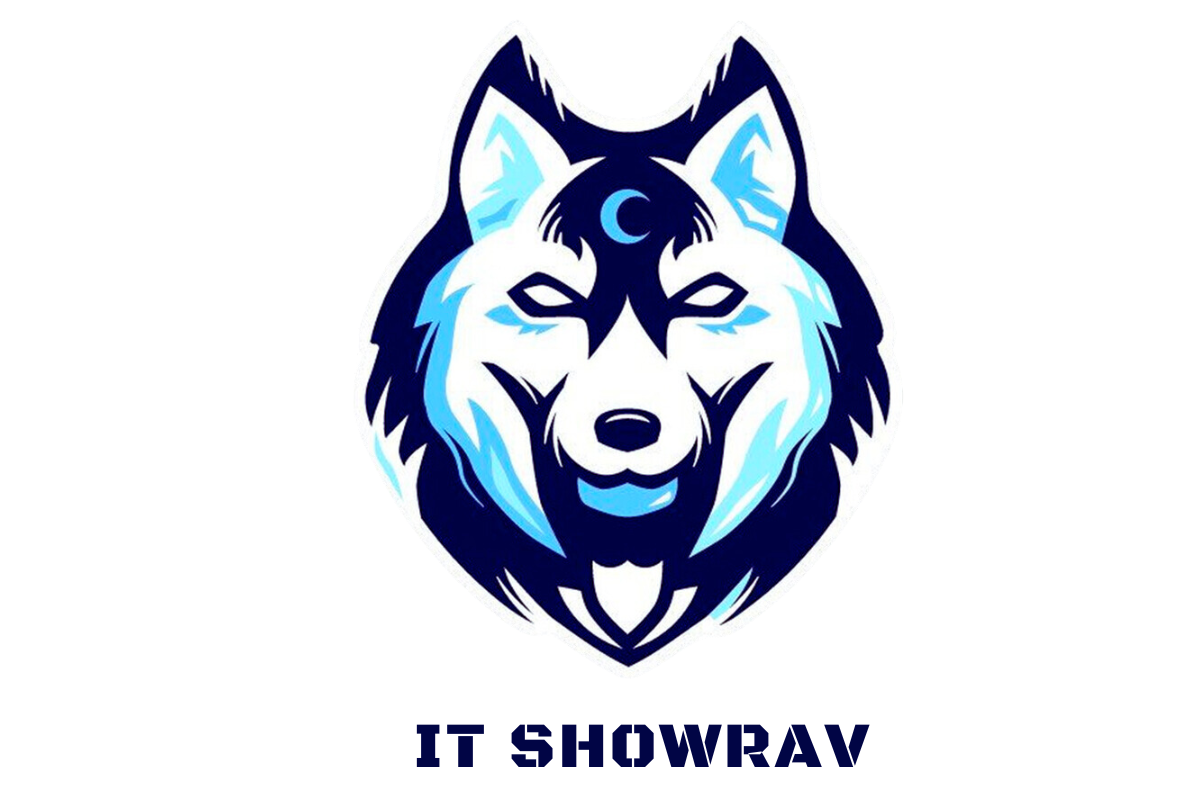Blockchain: what exactly is it?
A distributed database or ledger that is shared among the nodes of a computer network is referred to as a blockchain. They are best known for the vital role they play in cryptocurrency systems, which is to maintain a record of transactions in a way that is both secure and decentralized.
A distributed or shared database is what blockchain is. This database is shared between nodes in a computer network. Blockchains are probably best known for their essential function in cryptocurrency systems, which is to keep a record of transactions in a way that is both secure and decentralized.
What? Did not comprehend anything at all! I am aware that the thought of reading this will not occur to you. If you continue, you will have a better understanding of the situation. After then, you should return, read these lines, and exclaim, "Hey, this was written!" This is a really simple process.
The term "immutable" is often used to refer to the data held by an organization when referring to blockchain.
That the data cannot be changed or altered is what "immutable" refers to. This information cannot be changed in any way.
Because there is no way to change a block, the only source of confidence that we need to bring is data entered by a user or a program. As a direct consequence of this, third parties are not required to perform any actions within the blockchain system, nor do they have the capability to do so.
When we talk about a third party, we are referring to an auditor or any other individual who manages a company.
What exactly does that entail? This blockchain system cannot be manipulated by any human or any other third party. Because there is no way that could happen.
The use of blockchain technology has been steadily increasing ever since the first cryptocurrency, Bitcoin, was released in 2009. This expansion can be attributed to the proliferation of numerous cryptocurrencies. Including but not limited to: applications for decentralized finance (DeFi), non-fungible tokens (NFTs), and smart contracts.
An Overview is as Follows:
A blockchain is a type of shared database that keeps information in a manner that is distinct from that of a traditional database. Blockchains store data in blocks that are connected to one another through the use of cryptography.
The blockchain has the capability of storing virtually any kind of data. However, the most prevalent and widespread usage of blockchain is for the purpose of storing transactions on the ledger.
When it comes to cryptocurrencies, the blockchain is designed to be decentralized so that no one person or organization can take control of it; rather, the whole user community works together to exercise control.
The data that is entered into a decentralized blockchain cannot be altered, hence this makes the process irreversible. Transactions using Bitcoin are permanently recorded, and anyone with internet access can view these records.
How does the blockchain actually function?
There is a good chance that you are familiar with spreadsheets and databases. A database is analogous to blockchain in the sense that it is a location where information can be entered and kept. The primary distinction between a traditional database or spreadsheet and a blockchain, on the other hand, lies in the manner in which the data is organized and the means by which it can be accessed.
The operations that you would normally perform in a database, such as enter and access data, as well as store and protect it somewhere, are handled by a blockchain's component programs, which are referred to as scripts. However, a blockchain is decentralized, which means that numerous versions are kept on a variety of different computer systems. In addition, in order for a block to be considered valid, all of its stored copies need to be identical.
The information on transactions is compiled and saved in a block, much like the way a cell in a spreadsheet keeps data. Following the completion of the form, the information is fed through an encryption process, which results in the generation of a hash value represented as a hexadecimal number.
The hash value is then added to the header of the following block, where it is encrypted along with the other information contained in the block. It will produce a sequence of blocks that will be connected to one another in a chain.
What is blockchain? How does it work? – Part 1
July 06, 2023
0






